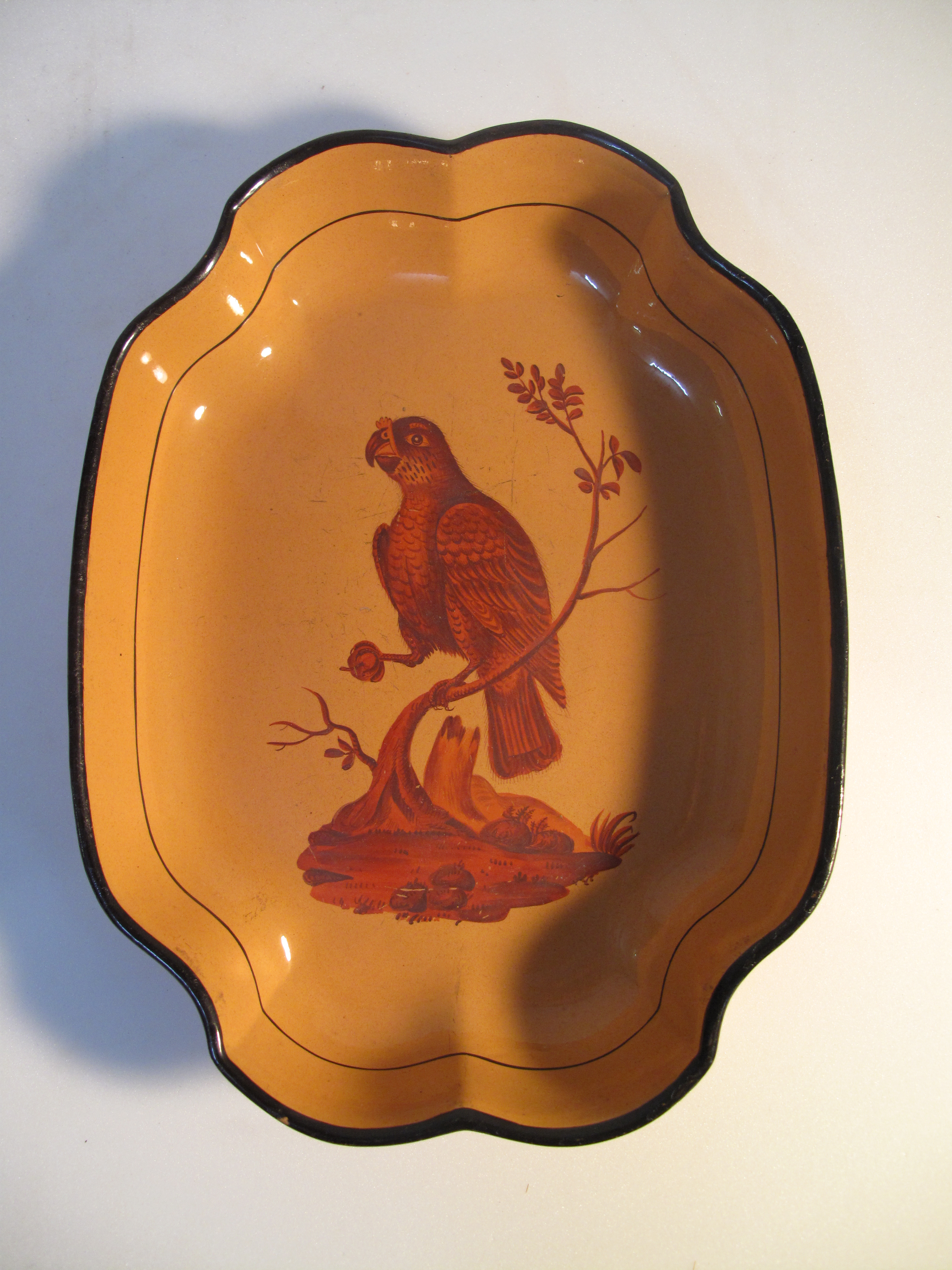Davenport Pottery on:
[Wikipedia]
[Google]
[Amazon]
 Davenport Pottery was an English earthenware and
Davenport Pottery was an English earthenware and
File:Jug (AM 1965.48-1) (cropped).jpg, Jug with landscape, c. 1795
File:Teapot, attributed to Davenport, Longport, Staffordshire, England, c. 1820, black basalt stoneware, HC 82.045 - Flynt Center of Early New England Life - Deerfield, Massachusetts - DSC04678.jpg, Teapot attributed to Davenport, c. 1820, black basalt stoneware
File:DavenportT2.jpg, Blue and white transfer-printed plate
File:Pitcher with inscription 'Captn T. Julius from his friend Thomas S. Eddowes, 1848', by Davenport, Longport, Staffordshire - Joseph Allen Skinner Museum - DSC07766.JPG, Pitcher with inscription 'Captn T. Julius from his friend Thomas S. Eddowes, 1848'
File:Plate (AM 11322-1) (cropped).jpg, Plate
File:Cup and saucer (AM 1935.274-14) (cropped).jpg, Saucer, c. 1880
Ceramics manufacturers of England Staffordshire pottery
 Davenport Pottery was an English earthenware and
Davenport Pottery was an English earthenware and porcelain
Porcelain () is a ceramic material made by heating substances, generally including materials such as kaolinite, in a kiln to temperatures between . The strength and translucence of porcelain, relative to other types of pottery, arises main ...
manufacturer based in Longport, Staffordshire. It was in business, owned and run by the Davenport family, between 1794 and 1887, making mostly tablewares in the main types of Staffordshire pottery
The Staffordshire Potteries is the industrial area encompassing the six towns Burslem, Fenton, Hanley, Longton, Stoke and Tunstall, which is now the city of Stoke-on-Trent in Staffordshire, England. North Staffordshire became a centre of ce ...
.
History
In 1785, John Davenport began as a potter working with Thomas Wolfe of Stoke. In 1794, he acquired his own pottery at Longport and began producing cream-coloured blue and white transfer-printed earthenware. In 1801 he began making glass, and by 1805 he was makingporcelain
Porcelain () is a ceramic material made by heating substances, generally including materials such as kaolinite, in a kiln to temperatures between . The strength and translucence of porcelain, relative to other types of pottery, arises main ...
and stone china as well. By September 1806 the quality of his porcelain wares was such that the Prince of Wales, later to become King George IV
George IV (George Augustus Frederick; 12 August 1762 – 26 June 1830) was King of the United Kingdom of Great Britain and Ireland and King of Hanover from the death of his father, King George III, on 29 January 1820, until his own death ten y ...
, ordered services of the finest and most valuable kinds.
John retired in 1830 and his sons, William and Henry, carried on the firm. Henry died in 1835 and the firm became William Davenport and Company. William died in 1869. The firm continued under William’s two sons till 1887 when the factory was closed. In 1887 Davenport was acquired by Burleigh Pottery
Burleigh Pottery (also known as Burgess & Leigh) is the name of a pottery manufacturer in Middleport, Stoke-on-Trent.
The business specialises in traditionally shaped and patterned domestic earthenware of high quality.
The pottery occupies nin ...
.
A book of 1843 said the firm had three works in Longport and another one at Newport, this making earthenware, and altogether had over 1,500 workers. All wares were of very good quality for their type. From around 1860 most wares were porcelain.Godden, 116
The landscape artist James Holland (1800–1872) was employed, from the age of 12, for 7 years as a flower painter at the Longport works. His father and other members of the family were also employed there.
See also
* Thomas MaddockNotes
References
*Godden, Geoffrey, ''An Illustrated Encyclopaedia of British Pottery and Porcelain'', 1992, Magna Books,Further reading
* ''Davenport Pottery and Porcelain – 1794–1887'' by Terrence A. Lockett (1972, Newton Abbot) {{ISBN, 0-7153-5681-X * ''Davenport Ceramic Marks 1794–1887'' by Charles Duckworth (2006, Charles Duckworth)Ceramics manufacturers of England Staffordshire pottery